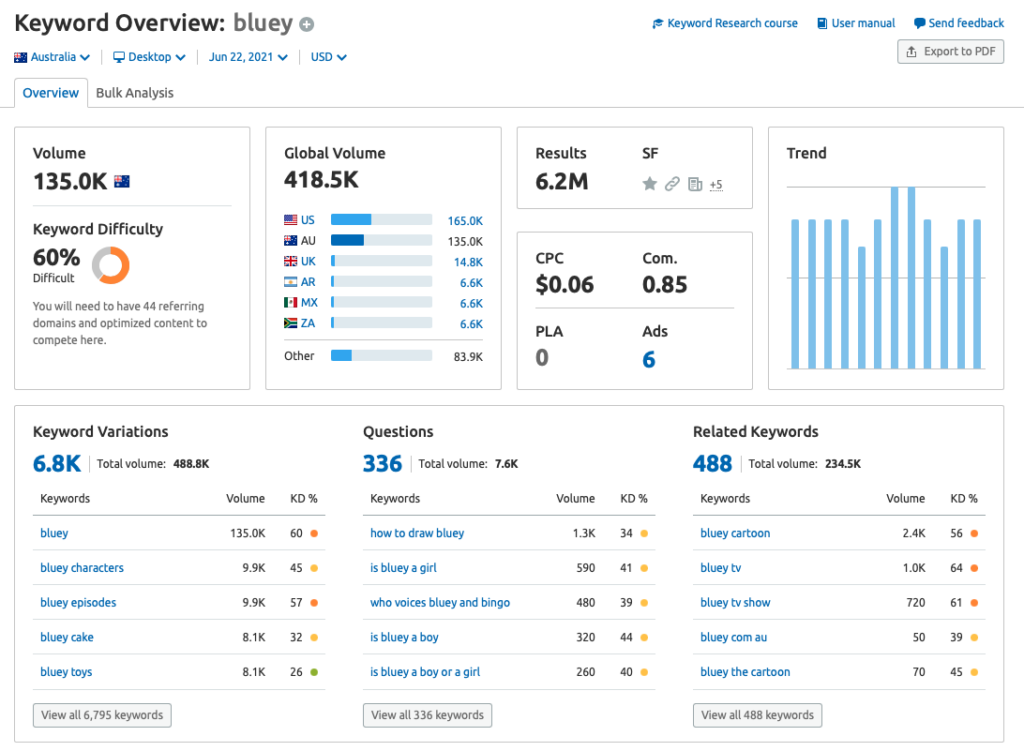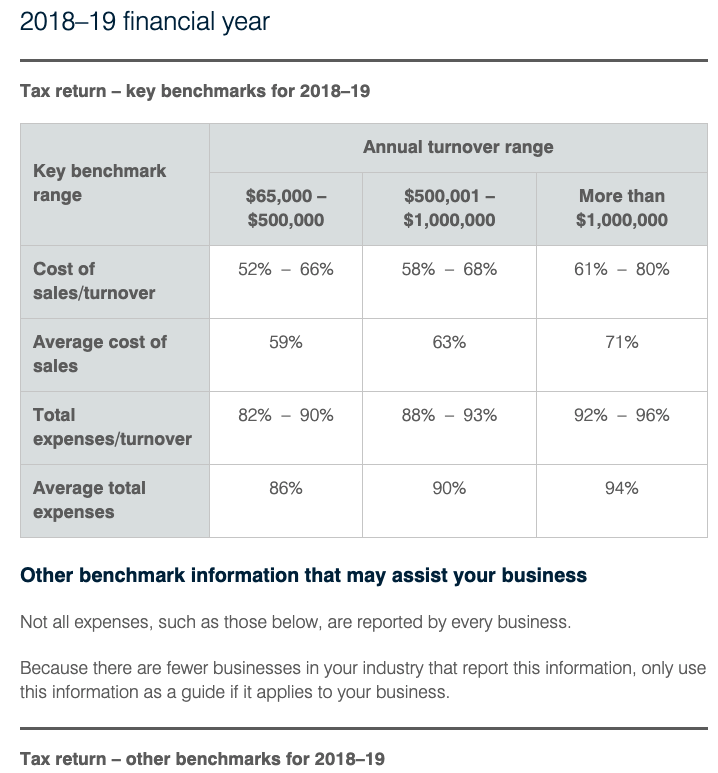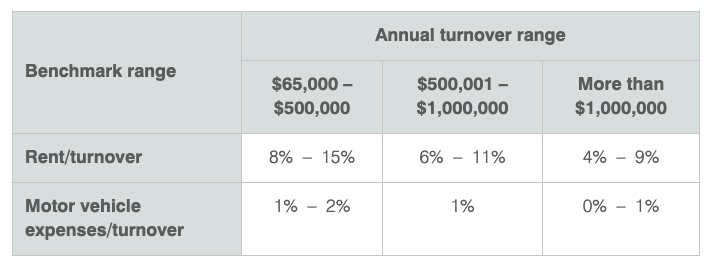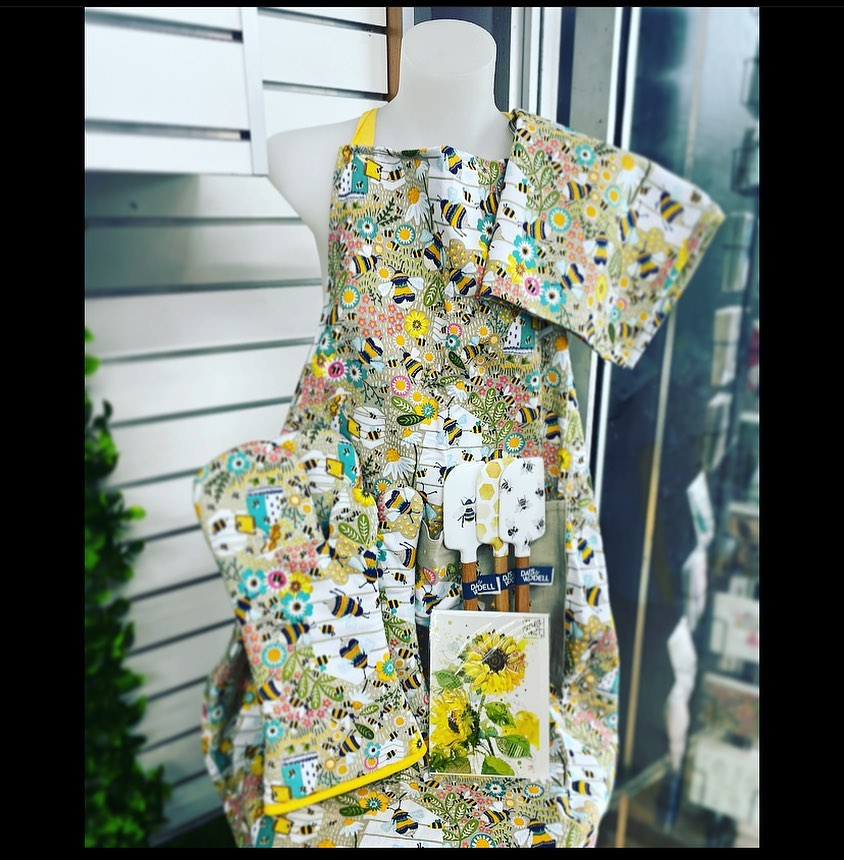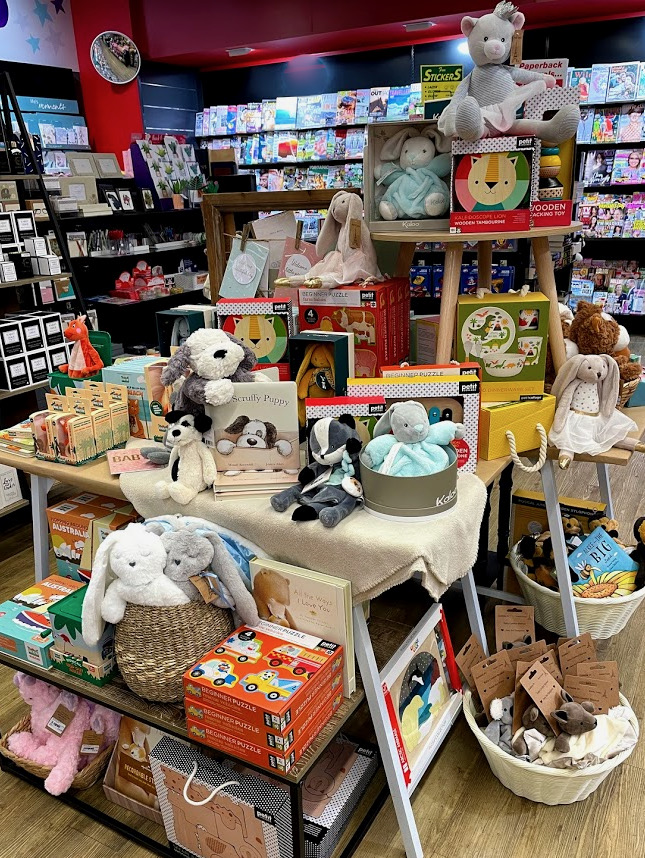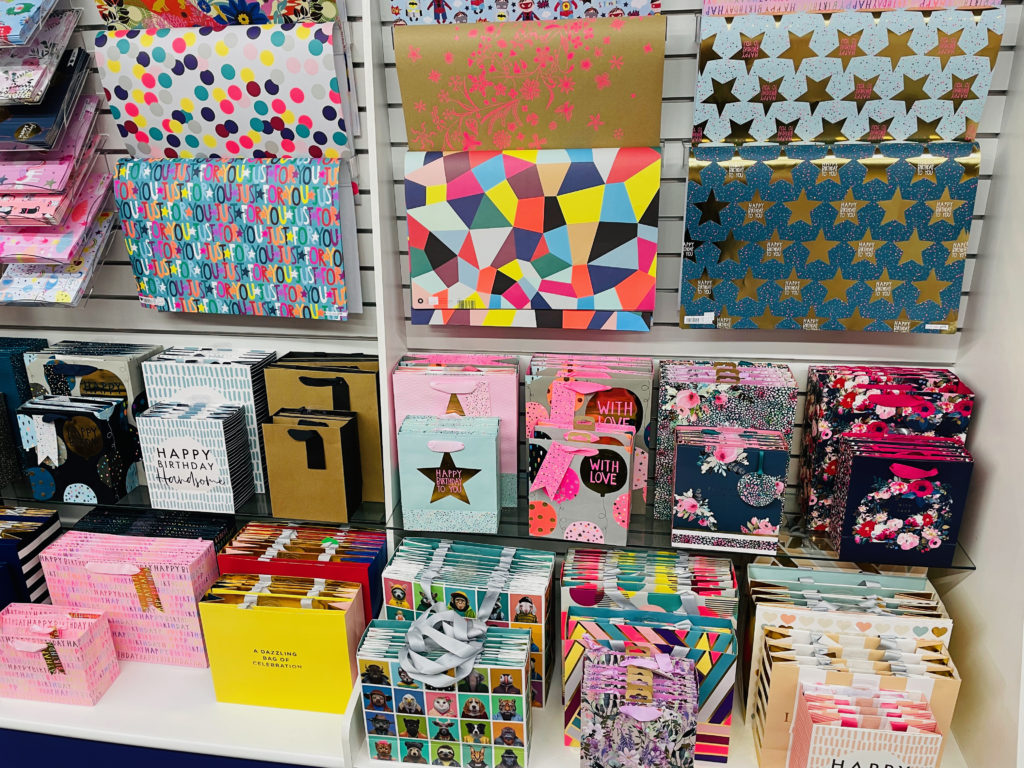WA bans helium balloon releases from December 31, 2021
As part of broader action on plastics, the WA state government has banned the release of helium balloons from December 31 this year.
Western Australia’s plan to ban single-use plastics fast-tracked
13/06/2021 12:00 PM
- Western Australia’s Plan for Plastics fast-tracked by four years
- Single-use plastic coffee cups and lids now included in the plan and to be phased out by the end of 2022
- Survey finds 98 per cent of Western Australians support action on single-use plastics
- Education and behaviour change programs to be implemented to support hospitality, retail and wholesale sectors
The McGowan Labor Government has fast-tracked its Plan for Plastics by four years with single-use plastic bowls, cups, plates, cutlery, stirrers, straws, polystyrene food containers, thick plastic bags and helium balloon releases to be phased out by the end of the year.
The new timeframe will see Western Australia’s Plan for Plastics fully implemented by the end of 2022, four years earlier than originally planned.
Last year, WA was rated the leading jurisdiction in Australia for action on single-use plastics by the WWF Australia. The new timeframes will mean that WA remains a leader in this space.
Western Australia’s Plan for Plastics provides a roadmap towards a more sustainable, plastic-free WA by implementing regulations to ban items in a two-stage approach.
- Stage One – now to be completed by December 31, 2021 – includes plastic plates, bowls, cups, cutlery, stirrers, straws, thick plastic bags, polystyrene food containers, and helium balloon releases; and
- Stage Two – now to be completed by the end of 2022 – includes plastic barrier/produce bags, cotton buds with plastic shafts, polystyrene packaging, microbeads and oxo-degradable plastics. Takeaway coffee cups and lids with single-use plastic materials have also been added to the Plan for Plastics and will be phased out in stage two. Consumers and businesses will be able to use alternative environmentally friendly takeaway cups and lids.
Education and support for businesses will be the focus of the first six months after each stage, rather than compliance. The Plastic Free Places Program will help community organisations and businesses to adapt to become single-use plastic free.
Click here to read the full press release.
Sone local government areas have gone further, balling the use of any balloons at city events. Click here to read about the move in Cockburn, WA. Do a Google search to find out more about the moves against balloons by various levels of government around the world.






